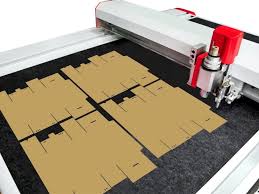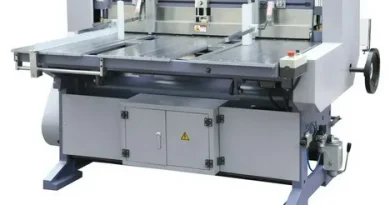Understanding Cardboard Slitting Machines: An Overview
In the bustling world of packaging and box manufacturing, the cardboard slitting machine stands as an unsung hero. This specialized equipment is designed to cut large sheets of cardboard into smaller, more manageable sizes with precision and efficiency. Its role is critical in ensuring that the raw materials are appropriately prepared for the next stages of production, be it folding, gluing, or printing.
Functionality and Design
Cardboard slitting machines operate by employing sharp blades or rotary cutters that make clean cuts along predetermined lines on the cardboard sheet. These machines are highly customizable, allowing for adjustments in the width and number of the slits, accommodating a wide range of production needs. Advanced models come equipped with digital controls for more precise adjustments and consistent outcomes.
Key Features
- Precision Cutting: Equipped with sharp, durable blades, these machines can cut through various thicknesses of cardboard with clean edges, reducing waste and improving product quality.
- Speed and Efficiency: Designed to meet industrial production demands, cardboard slitting machines can process large volumes of material quickly, significantly increasing throughput.
- Versatility: Adjustable settings and various blade configurations make it possible to slit different sizes and types of cardboard, offering flexibility for manufacturers to switch between projects with minimal downtime.
- Safety Measures: Modern slitting machines include various safety features, such as emergency stops and protective guards, to ensure the safety of operators during the cutting process.
Applications in Industry
Cardboard slitting machines are indispensable in industries requiring packaging solutions, including electronics, food and beverage, pharmaceuticals, and consumer goods. By facilitating the production of custom-sized cardboard pieces, these machines play a pivotal role in the supply chain, enabling companies to meet the specific packaging needs of their products.
Conclusion



